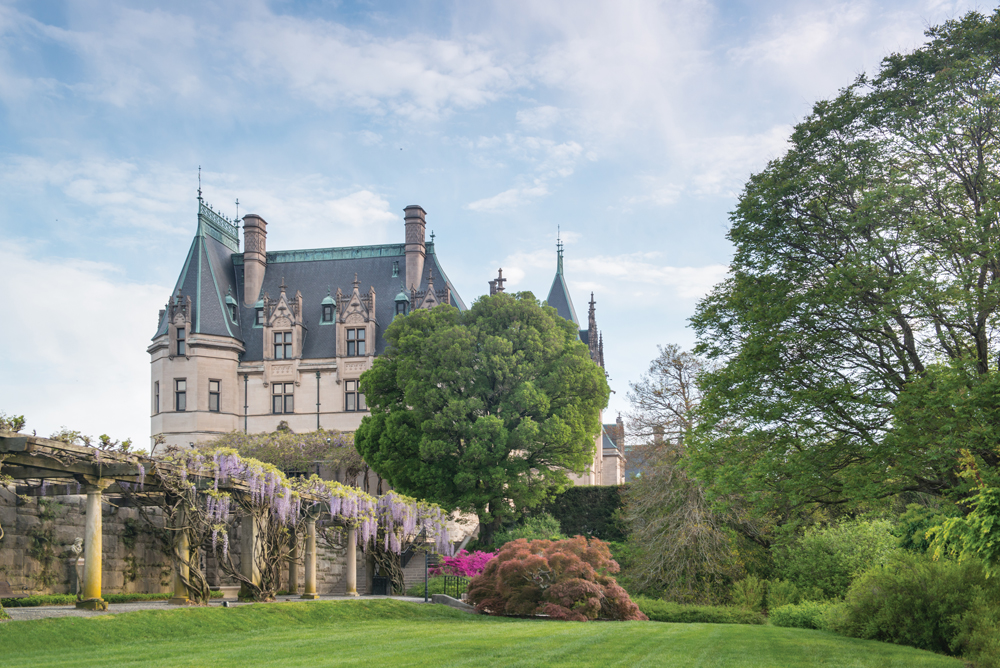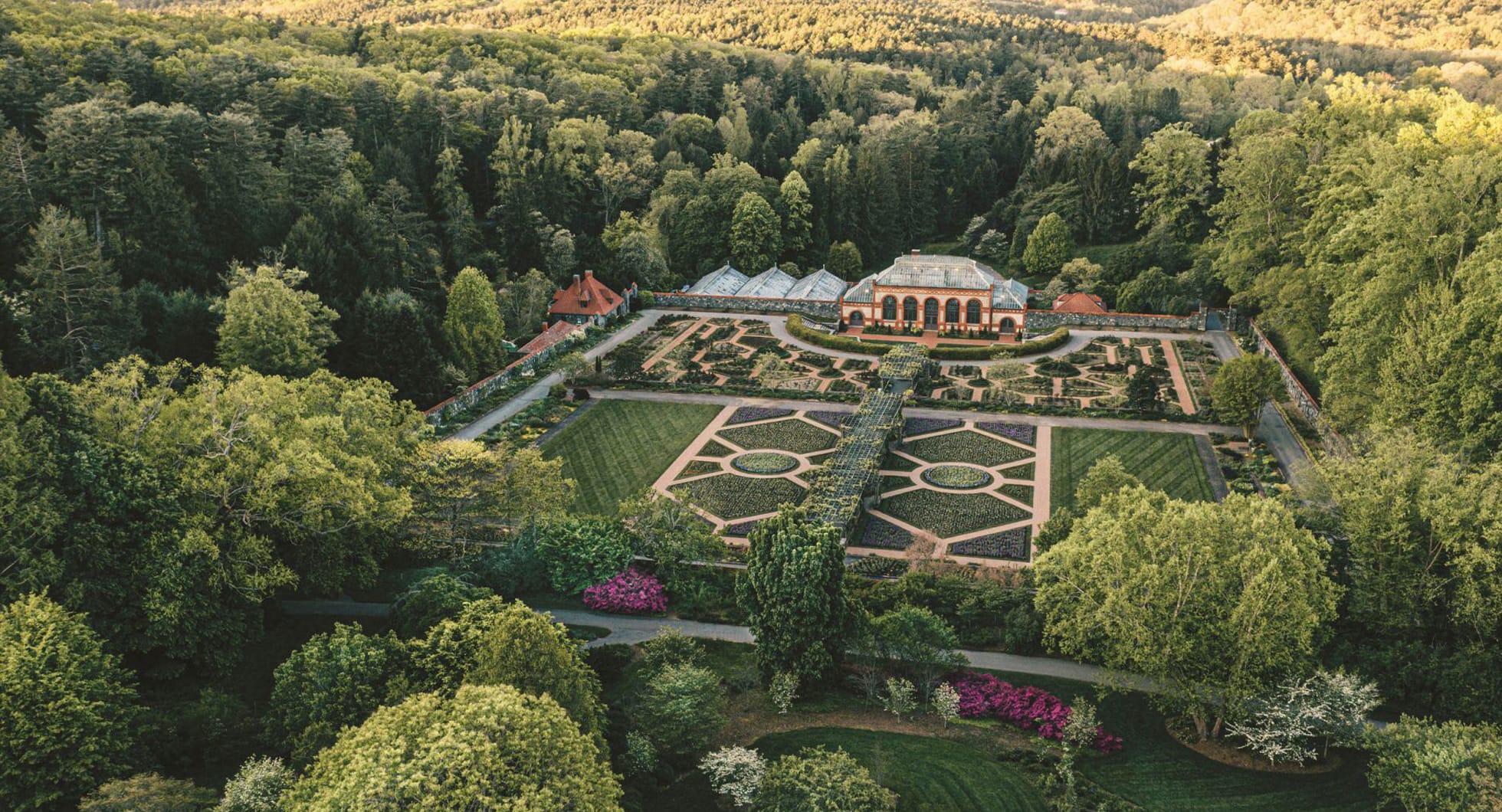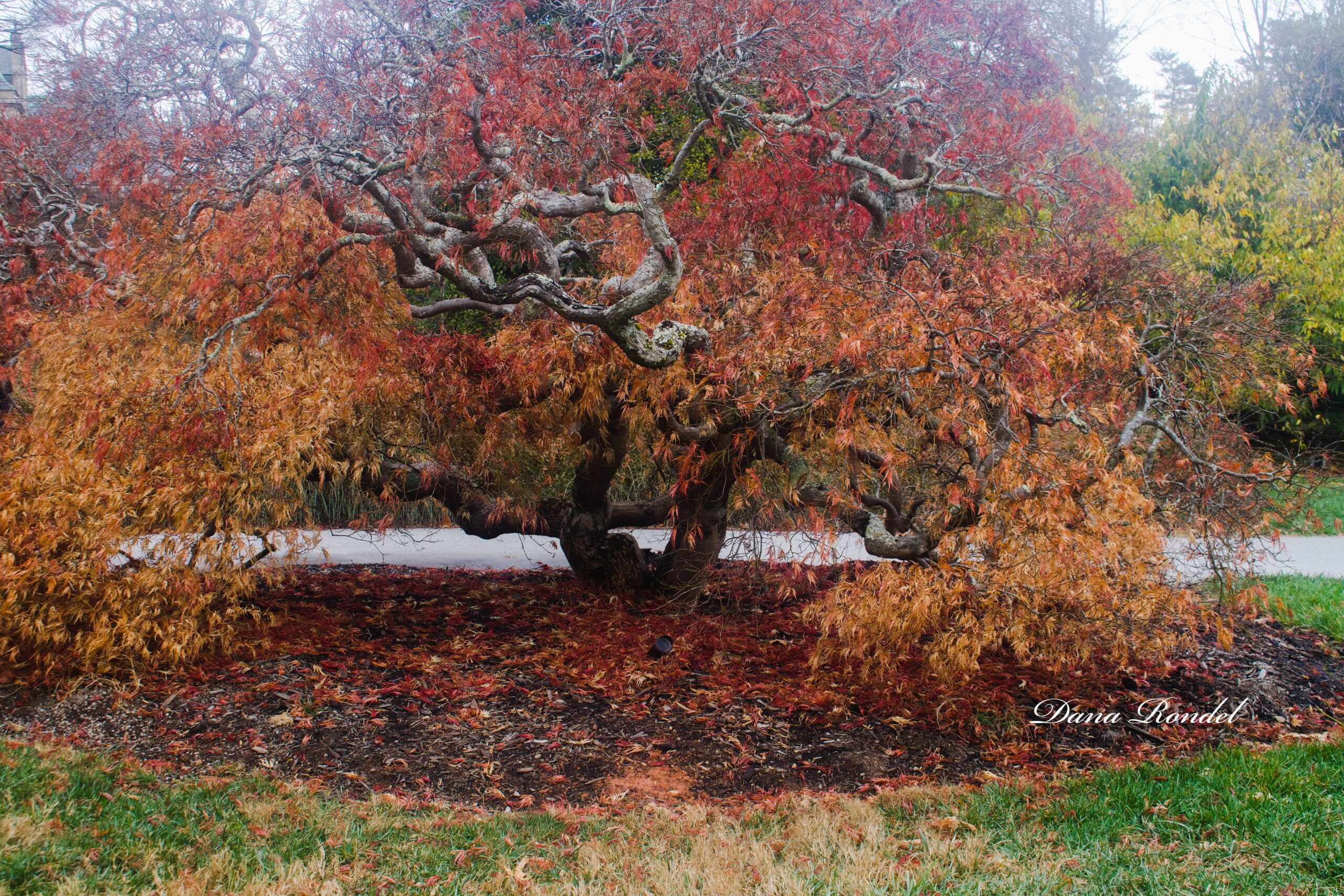
Charmed by the natural beauty of Asheville, North Carolina, George Washington Vanderbilt III amassed 125,000 acres in the late 1880s on which to build his “little mountain escape.” Architect Richard Morris Hunt designed Biltmore House in the Châteauesque style modeled after the Renaissance châteaux of Blois, Chenonceau, and Chambord and England’s Waddesdon Manor. In what would be his final landscape design, Frederick Law Olmsted created formal and informal gardens from 8,000 acres of farmland including a three-mile arboretum which continues to serve as the approach to the property. After six years under construction, the 250-room, 178,926-square-foot Gilded Age mansion made its debut in 1895 as the largest privately- owned residence in the United States. The estate was designated a National Historic Landmark in 1963.
Today, Biltmore is still a family affair. The descendants of George Vanderbilt own and manage the Biltmore Company, which, in addition to Biltmore House, now includes hotels, restaurants, shops, and a winery. William Cecil Jr. is its CEO and Vanderbilt’s great-grandson; Cecil’s sister, Diana (Dini) Cecil Pickering, is board chair. While it is a major economic driver in the region, Biltmore is also a shining example of graceful evolution through private preservation. Four generations of thoughtful stewardship have preserved and honored the legacy of George Washington Vanderbilt III.
We salute them and echo their sentiment: “Long may the Lady on the Hill stand as a symbol of vision, inspiration, and imagination.”
The original article appeared in The Garden Club of America Summer 2020 Bulletin. www.gcamerica.org. Olmsted 200 is honored that Diana Cecil Pickering, chairman of the Biltmore Board of Trustees, serves as a member of the Olmsted 200 Honorary Committee.











